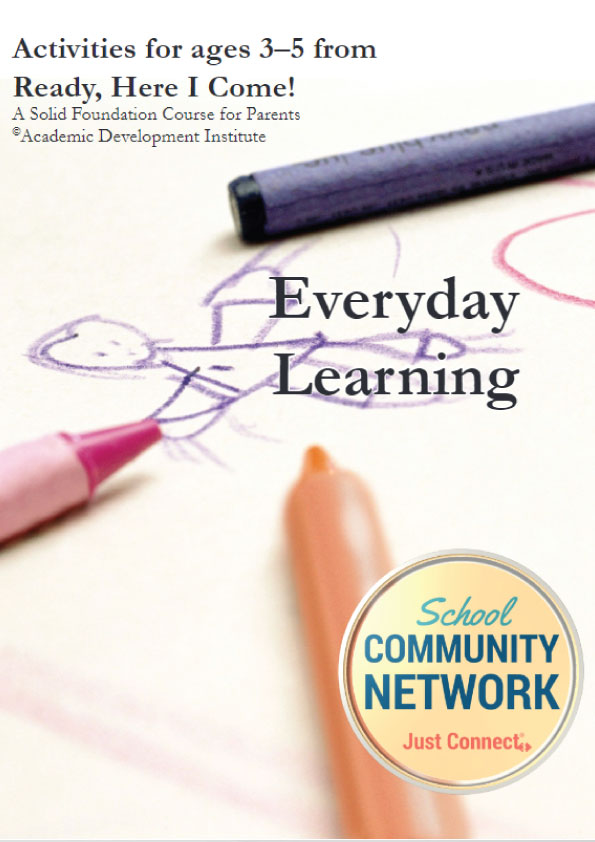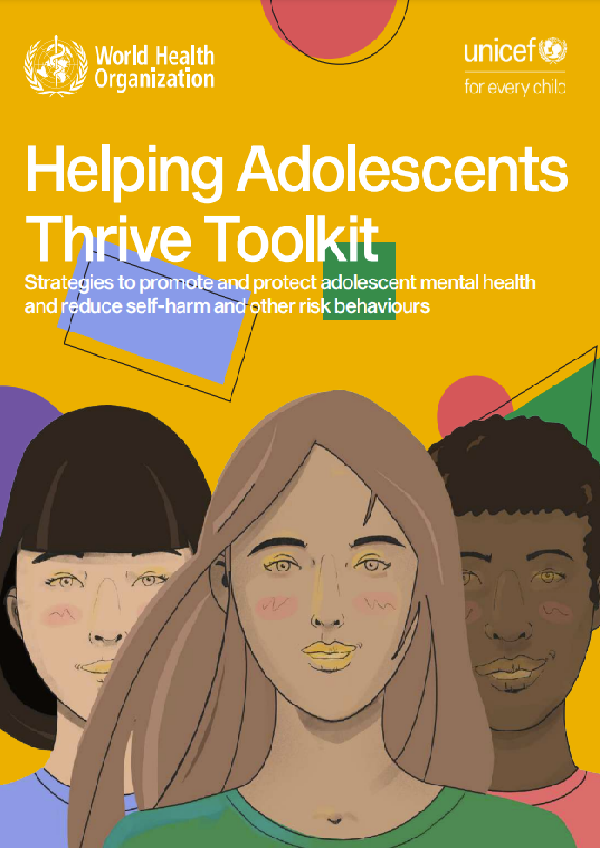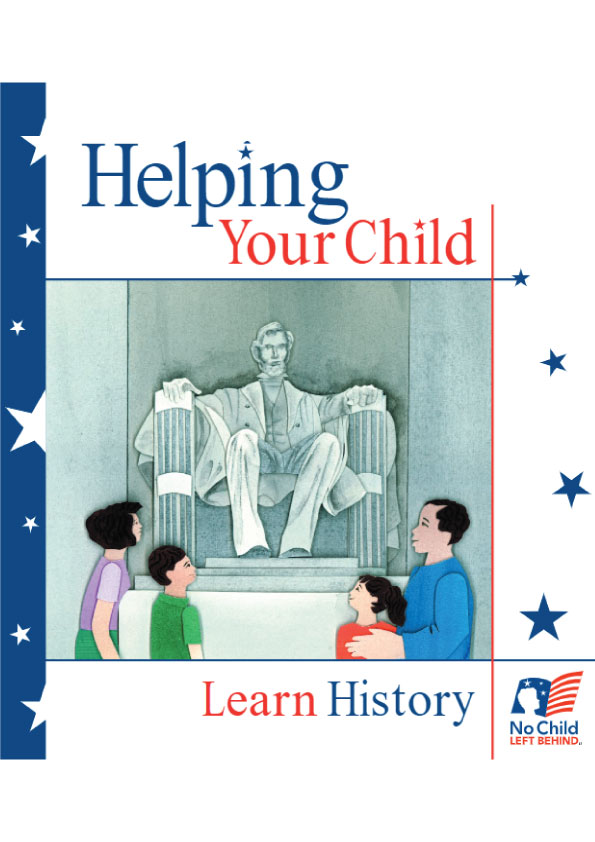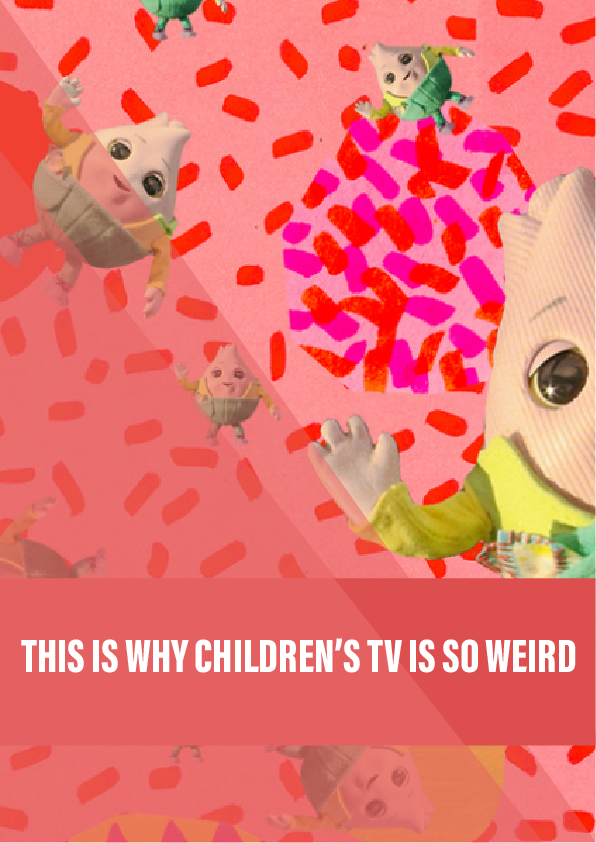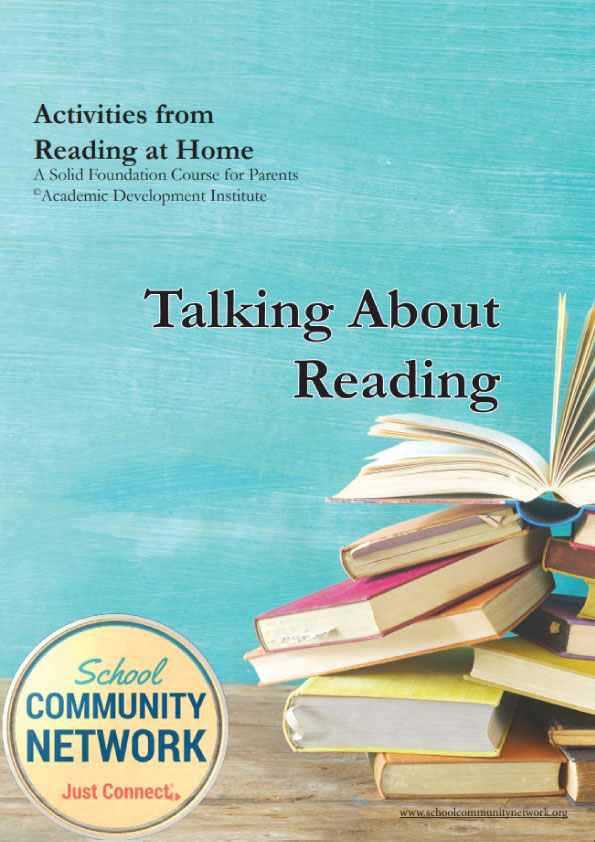Everyday Chores
Many everyday tasks, including tasks that adults would consider work, can be used to help children develop the skills they will need in school. The key to the effectiveness of these tasks lies in the relationship between the parent and the child.
Large Muscle Chores
Sweeping, cleaning, dusting, shoveling, and raking are good ways to exercise large muscles. But each of these activities requires skill, and each can become a helpful habit in the household. To teach a skill and build a habit, many parents find success with the Help • Check • Praise method.
Help • Check • Praise
Now suppose we want our child to develop the habit of putting toys away. We would begin by HELPING the child—carefully showing how to pick up toys and where to store them. HELPING is the most direct and personal way to teach. The word HELP implies that the child is performing the act with the parent’s assistance.
After a few days of HELPING the child put toys away, we will want him to become more independent in his habit. So we will CHECK once in a while to see how he is doing. If we find that he is falling out of the habit, we may need to HELP some more.
As the child becomes independent in putting toys away, he should be praised. A parent’s PRAISE for hard work and good effort is a child’s best reward.
Kitchen Helper – Small Muscle Coordination
Preparing food and cleaning up offer many ways to develop eye-hand and small muscle coordination. As a Kitchen Helper, your preschooler can stir food, measure ingredients, pour liquids, set the table, and count plates, spoons, forks, knives, and glasses. When the meal is finished, the preschooler may also help clear the table. If this is beginning to sound like child labor, just think of the wonderful fine motor skills that are being developed.
Sorting nuts, bolts, screws, and washers or carefully putting tools in their place requires the same coordination and use of small muscles. So the Kitchen Helper could just as well be a Garage Helper.
Of course, children are constantly developing fine-motor skills by playing with their toys, putting on clothes, and turning knobs. But activities that provide parent–child interaction are especially valuable. Learning is amplified when it occurs within a parent–child context.
Everyday Language
Talking is something parents and children do every day. They also deal with words in other ways—watching television, listening to the radio, singing songs, and reading everything from books to labels. Any time a parent, a child, and a word come into contact with each other, the possibility exists for developing the child’s language abilities.
Stories
Stories. Help your child construct stories by prompting with questions. Reconstruct television stories or stories from books. Retell the events of the child’s day. First tell about your day, then ask your child to tell about hers. Encourage your child to tell the stories of special events, such as “the day we went to the zoo,” or “the day my little brother was born.”
Books. The bond of affection between a parent and a child at the time of reading instills lasting, positive feelings toward books. Reading with a preschooler can be very interactive. “What do you think will happen next?” “Do you think the rabbit is funny?” “Tell me what Mr. Squirrel just did.” “Do you see a letter ‘a’ on the page?” “Point to a long word.” Pointing, encouraging your child to ask questions and retell the story, speculating about what will happen next—these are ways to begin interactions among yourself, your child, and the book.
Alike Or Different
We can find many opportunities to teach children about alike and different, or categorizing.
Groceries. Putting away groceries requires a great deal of sorting and categorizing. When children help, they learn to sort frozen food from non-frozen food. They learn to put all vegetables with the same label (green beans, for example) together on the same shelf. They learn that tall boxes go on the big shelf and short boxes go on the small shelf. By talking with your child while putting groceries away, you can teach other “alike and different.” What is a fruit and what is a vegetable? What is a box and what is a can? What vegetables are green? What foods are red?
Laundry and other daily activities. Many everyday occurrences offer opportunities for categorizing. Everything from sorting and matching socks to “separating mom’s clothes from mine” can offer good practice. Think of other examples as you work together.
Everyday Moment
Memory begins with concentration and ends with recall, bringing an image back into the mind. How can we help our preschool children use their memories in the course of everyday living?
Series. Whenever you and your child are presented with a series of objects or events, you have an opportunity to exercise short-term memory. For example, while walking or driving down the street, you might tell your child the name of each cross-street, then ask her to recall the last cross-street, the last two cross-streets, the last three cross-streets, and so on. Remember the color of the last three cars you pass, or recall the last three grocery items placed on the shelf in the cabinet. These are good exercises of short-term memory.
